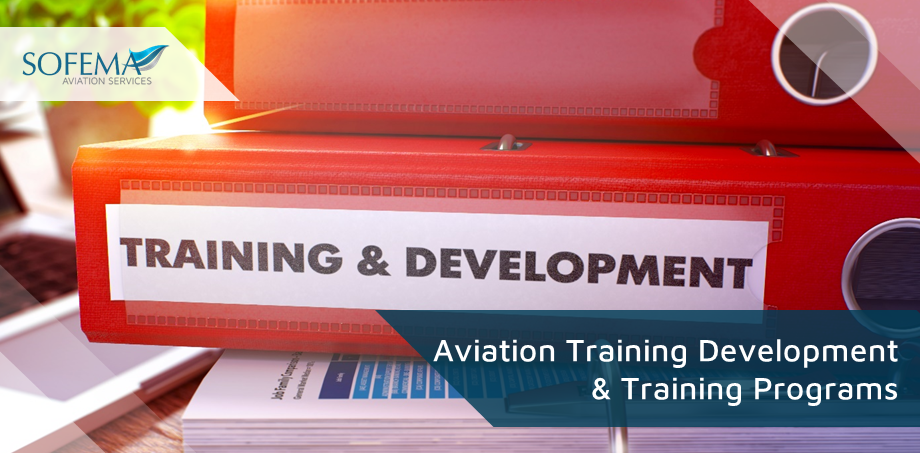Sofema Aviation Services (SAS) www.sassofia.com considers the primary issues which should be considered when developing aviation training programs.
Introduction
Effective management and oversight require careful planning, regular evaluation, and a commitment to continuous improvement. By considering these practical elements, aviation training programs can produce competent professionals who are ready to contribute to the industry’s safety and success.
- Many practical considerations come into play while designing, implementing, and managing these programs.
- Training programs need to be regularly updated to reflect current practices, technology, and knowledge. This can be challenging to manage and requires constant oversight.
- Before developing a training program, it is crucial to conduct a comprehensive training needs analysis. This involves identifying the specific skills and knowledge required for each job role within the aviation organization and determining the training gaps that need to be addressed.
Key Areas to Consider:
- Regulatory Compliance
o Adherence to local and international aviation regulations as applicable (ICAO – FAA -EASA).
o Training programs should cover all necessary topics, safety procedures, and standards to ensure regulatory compliance.
- Instruction Quality
o The proficiency and teaching skills of instructors can have a significant impact on training outcomes.
o Instructors need to be experienced, knowledgeable, and skilled at communicating complex topics effectively.
o The instructors delivering the aviation training should possess the necessary qualifications and experience. They should have expertise in the subject matter, instructional skills, and the ability to effectively communicate and engage with trainees.
- Equipment and Simulators
o For practical training, access to the latest equipment and simulators is crucial. This can be a significant investment, but it’s necessary for hands-on learning.
- Training Program Construction
o The design of the training program should be based on instructional design principles and best practices. It should include clear learning objectives, a structured curriculum, and appropriate training materials such as textbooks, simulators, and computer-based training modules.
o Trainees should be equipped with the necessary knowledge and skills to manage and mitigate risks effectively.
- Financial & Resource Considerations
o Developing and delivering effective aviation training programs requires appropriate allocation of resources, including personnel, facilities, equipment, and budget.
Ø Adequate resources should be allocated to ensure the quality and effectiveness of the training.
Ø Effective financial management is necessary to ensure the program is sustainable and offers value for money.
- Assessment & Continuous Improvement
o Valid assessment strategies need to be in place to measure trainees’ competence accurately.
Ø This can involve written exams, practical exams, simulator testing, and continual assessment of performance.
Ø Continuous Improvement requires feedback from trainees, instructors, and industry professionals.
Ø Should be gathered regularly to improve the training program. (This feedback should be acted upon to continually enhance the program.)
Next Steps
Follow this link to our Library to find & download related documents for Free.
For details of available courses available please see Sofema Aviation Services (SAS) and Sofema Online for questions and comments please email team@sassofia.com
Tags:
Aviation Training Development, EASA, FAA, hands-on learning, ICAO, international aviation, Management and Oversight, Practical Considerations, Regulatory Compliance, safety procedures, SAS blogs, standards, structured curriculum, subject matter, training outcomes, Training Programs




